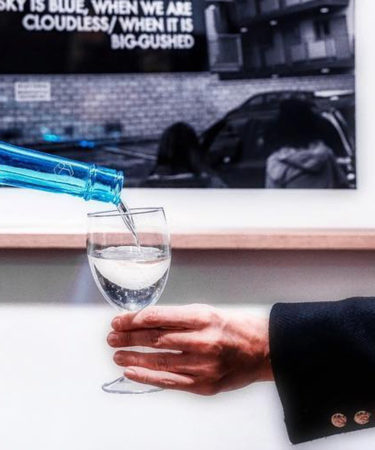All drinking culture is rich with tradition. Unspoken codes and customs find us clinking glasses, buying rounds, and tapping the bar before taking a shot, regardless of our surroundings.
The primary ritual to keep in mind when drinking sake, the Japanese beverage in the midst of an American renaissance, is to never pour your own glass. Sake is meant to be a team sport, whether it’s accompanying a Michelin-starred meal, or paired with your roommates’ pizza on the couch.
“The tradition of pouring for others and not directly for yourself is an act of politeness in Japanese culture,” Nes Rueda, managing director of Heavensake, says. It “creates interactions between the people in attendance, allowing both the sake and conversation to flow.”
In Japan this rule extends beyond sake to beer and other beverages. “You do not pour for yourself in Japan,” Etsuko Nakamura, an Advanced Sake Professional, who works for the Japan Sake and Sochu Makers Association in Tokyo, told Quench.
“Someone must pour for you, and ideally you must pour for others,” The Japan Times explains. “This act is known as shaku suru or kumu.”
Adopting the custom when sharing sake stateside is good manners, akin to keeping elbows off the table. Filling others’ glasses also accelerates the natural bonding that occurs when people break bread or share a drink.
“I find the ‘I pour for you, you pour for me’ act is contagious and so much fun to watch, as many other people at the table battle to pour one another’s sake as they get more comfortable,” Rueda says.
A few guidelines to keep in mind: A single serving of sake is typically 180 milliliters, or 6 ounces. At formal occasions or events, Rueda advises serving with both hands.
The only time it’s appropriate to pour your own sake is when you’re drinking alone. After all, every solo ship needs a captain.
